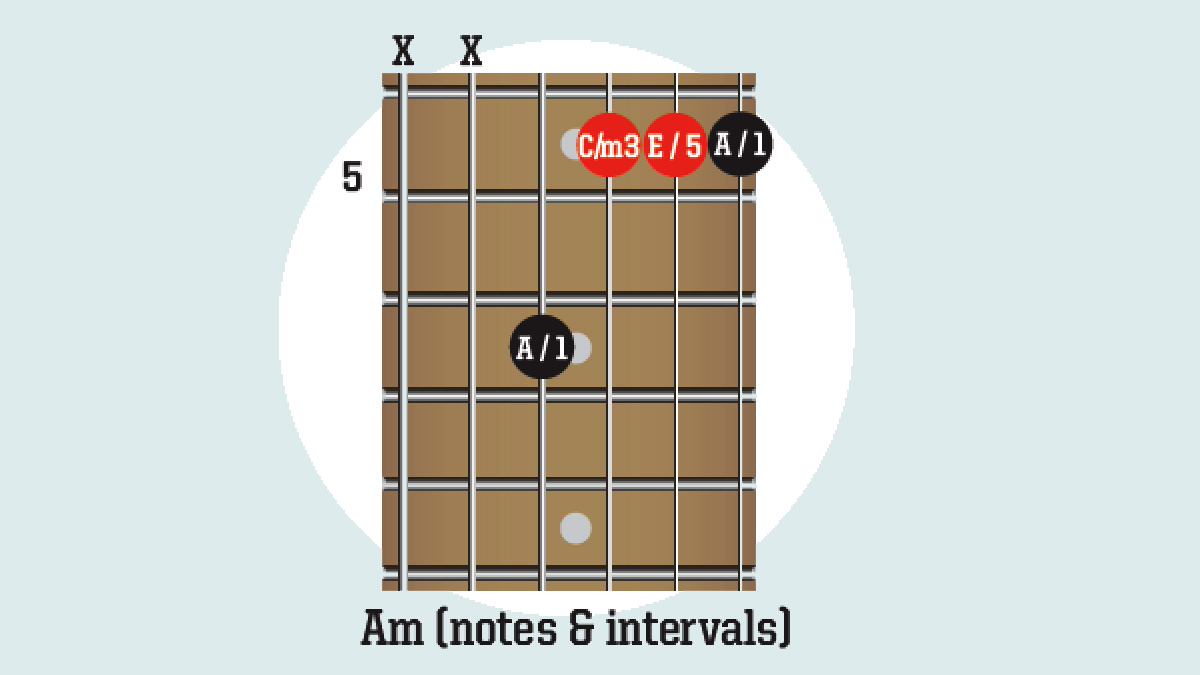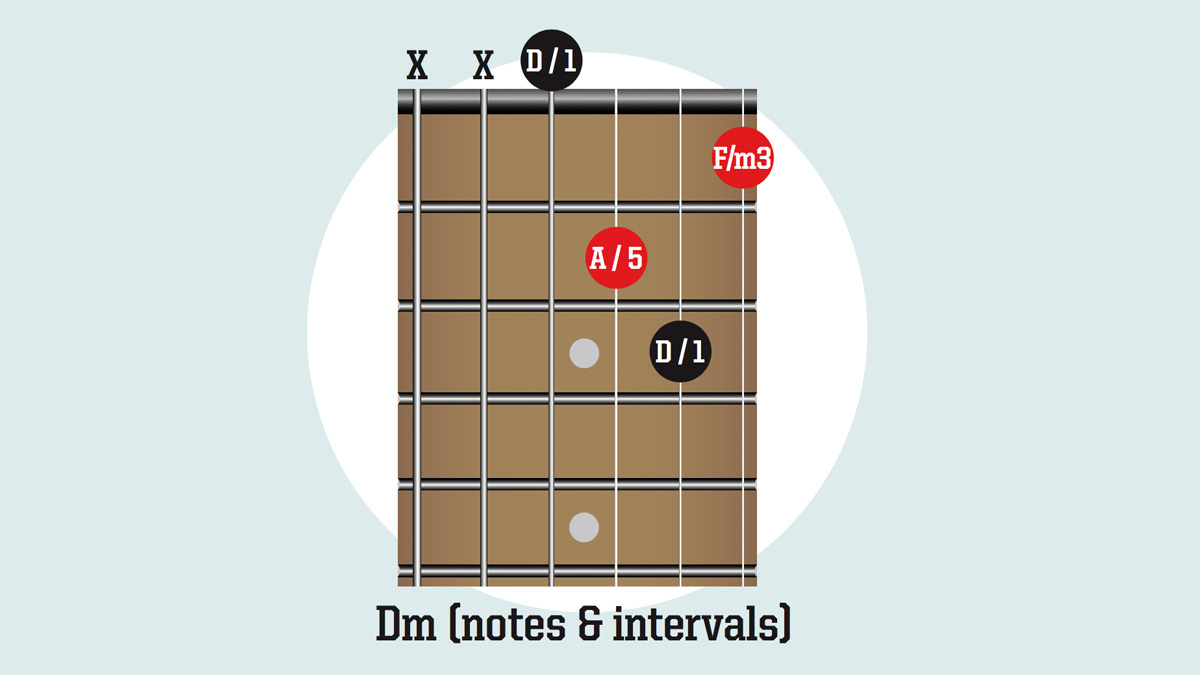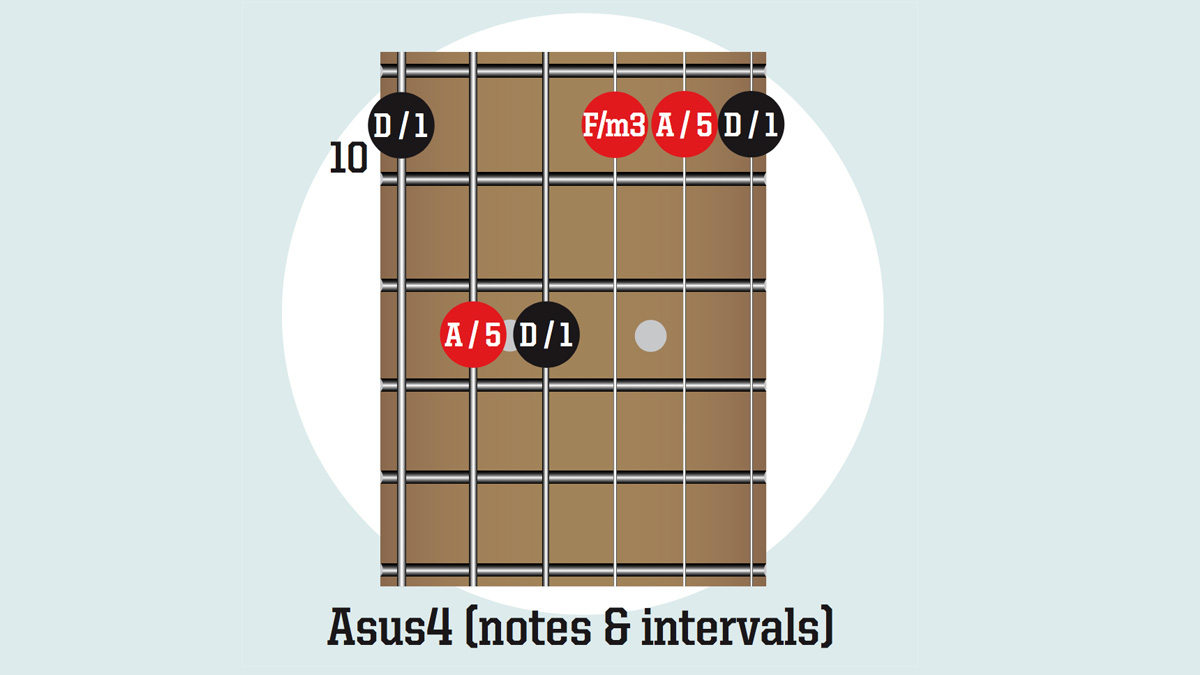Beginner guitar: how to play minor chords
Improve your playing and get to grips with the theory behind minor chords

Beginner guitar: For many guitarists, music theory is often considered a bit of a grind. TG’s opinion on this thorny subject? We would argue that theory can help you become a much better player. Understand a few essential basics and you’ll fuel your creative fire in new ways. All of which brings us on to the subject of this lesson.
As guitarists, we all play minor chords every time we pick up the instrument – they definitely count as essential basics! The thing is, those chords can be played in countless different ways. For instance, they can be broken down into arpeggios where you play the notes one at a time.
Or, alternatively, if you know how a chord is built, you can use it as a pool of notes to base a solo around. You see where we’re going?
Here then, we’re looking at the structure of those everyday minor chords you already know. The shapes are of course nice and easy. See if you can find the notes of the chords in other parts of the fretboard and you’ll soon be playing new chord shapes and new licks all around the neck.
1. A Minor Problem!

Here’s an A minor chord – you recognise the shape, right? It’s a mix of A, C and E notes; the intervals are a root note (A, shown as a ‘1’ here), a minor 3rd (C) and a 5th (E).
They’re called ‘1’, ‘3’ and ‘5’ because they’re the first, third and fifth notes of the A ‘natural’ minor scale (A B C D E F G). Still with us?
2. Moving On Up

The guitar is unusual because most notes are repeated in various places on the fretboard.
With that in mind, here’s another A minor chord. Same notes and intervals – just arranged in a sightly different order.
So what? Well, each shape will inspire you to play new riffs and licks – each one falls differently under your fingers after all. The more shapes you learn, the more creative you’ll get.
3. Easy D Minor

Another easy chord – this time, D minor. Again, there’s a root note (D, of course!), a minor 3rd (F) and a 5th (A) – the first, third and fifth notes in D minor (D E F G A Bb C).
The gaps between D, F and A are the same as the gaps between A, C and E – and it’s the same for all minor chords.
Just start on a new root note and work out the minor 3rd and 5th intervals.
4. D Minor Higher Up

Hammering the point home, here’s another D minor chord. Once again, it’s a mix of D, F and A notes – the root, minor 3rd and 5th intervals. It’s worth knowing the difference between minor and major 3rds too.
A minor 3rd is three semitones above the root note and has a mournful sound; a major 3rd is four semitones above the root and makes the chord sound bright and happy.
Stay On Track!
Our short backing track is a jam around an Am-Dm chord progression. Try strumming along on the chords, playing arpeggios or writing your own licks using notes from the chords.
- 10 of the best guitars for kids
Get The Pick Newsletter
All the latest guitar news, interviews, lessons, reviews, deals and more, direct to your inbox!
Total Guitar is one of Europe's biggest guitar magazines. With lessons to suit players of all levels, TG's world-class tuition is friendly, accessible and jargon-free, whether you want to brush up on your technique or improve your music theory knowledge. We also talk to the biggest names in the world of guitar – from interviews with all-time greats like Brian May and Eddie Van Halen to our behind the scenes Rig Tour features, we get you up close with the guitarists that matter to you.








![Joe Bonamassa [left] wears a deep blue suit and polka-dotted shirt and plays his green refin Strat; the late Irish blues legend Rory Gallagher [right] screams and inflicts some punishment on his heavily worn number one Stratocaster.](https://cdn.mos.cms.futurecdn.net/cw28h7UBcTVfTLs7p7eiLe.jpg)


